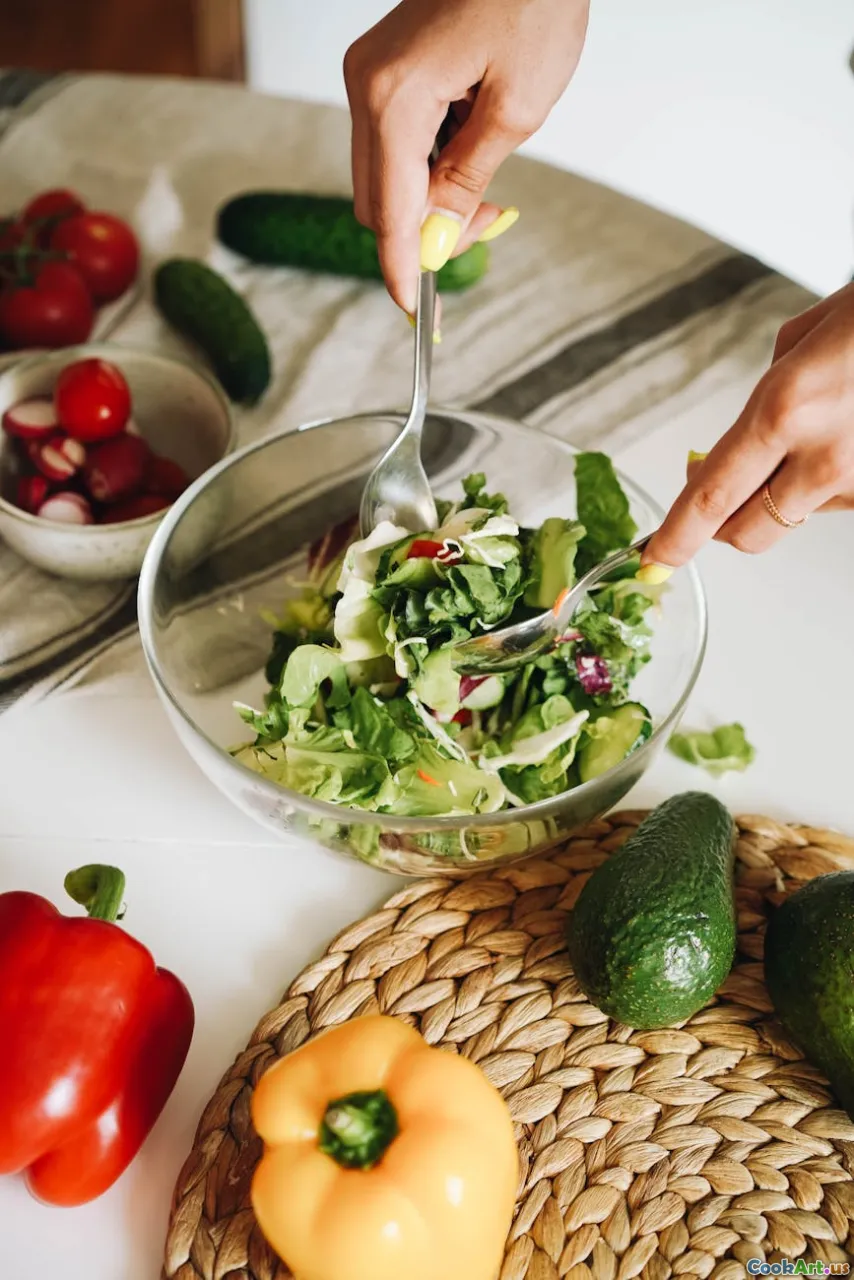Secret Ingredients of Ancient Recipes
5 min read Explore the secret ingredients in ancient recipes that shaped cultures and culinary traditions around the world. April 04, 2025 08:00
Secret Ingredients of Ancient Recipes
Food is more than just sustenance; it is a reflection of culture, history, and identity. While many modern recipes are accessible and straightforward, ancient recipes often hold hidden secrets that offer insight into our culinary past. In this exploration of ancient recipes, we delve into the secret ingredients that have transcended time, shaping culinary traditions worldwide.
The Allure of Ancient Recipes
Ancient recipes are like time capsules, offering a glimpse into the lives, beliefs, and practices of past civilizations. They tell stories of trade, migration, and the melding of cultures. As we try to recreate these dishes, we often find ourselves searching for elusive ingredients that once were readily available but are now rare or forgotten.
Key Secret Ingredients Across Cultures
1. Sumac - The Middle Eastern Sour Spice
Used extensively in ancient Roman and Middle Eastern cooking, sumac adds a tangy flavor that brightens dishes. This spice was a staple in the kitchens of the ancients, used to flavor meats and salads long before the introduction of lemons.
2. Miso - The Fermented Wonder of Japan
Dating back to over 1,300 years ago, miso paste was traditionally made from fermented soybeans and was used not only for flavor but also for its health benefits. The umami flavor it imparts to soups and marinades is a testament to its enduring legacy.
3. Szechuan Peppercorns - The Buzzing Spice of China
Contrary to popular belief, Szechuan peppercorns are not true peppercorns. They were a crucial element in ancient Chinese cuisine, providing a unique numbing sensation that complemented spicy dishes. Their use dates back to the Tang dynasty, showcasing their longstanding importance in flavoring food.
4. Fish Sauce - A Fermentation Technique of Southeast Asia
Fish sauce, a staple in many Southeast Asian cuisines, has its roots in ancient Roman and Greek cooking practices. The fermentation of fish with salt results in a potent umami-rich sauce that enhances the flavor of various dishes, serving as a bridge between ancient and modern cooking.
5. Honey - The Sweetener of the Ancients
Used in ancient Egypt, Greece, and beyond, honey was not just a sweetener but also served as a preservative and a medicinal ingredient. Its versatility and long shelf life made it an essential ingredient in many ancient recipes, from desserts to savory dishes.
The Cultural Significance of Secret Ingredients
Secret ingredients often carry symbolic meanings in various cultures. For instance, in many indigenous cultures, specific herbs and spices are believed to have healing properties. In ancient Greece, honey symbolized wealth and prosperity, while in Middle Eastern cultures, saffron was considered a luxury item reserved for the elite.
Rediscovering Ancient Flavors
As culinary enthusiasts today strive to recreate ancient recipes, the challenge lies in sourcing authentic ingredients. Farmers and artisans are now reviving ancient grains, heirloom vegetables, and traditional fermentation techniques, allowing us to taste history. Markets around the world are seeing a resurgence of forgotten ingredients, inviting chefs and home cooks alike to experiment with these flavors.
Conclusion
The secret ingredients of ancient recipes are not merely relics of the past; they are the essence of culinary evolution. By understanding and embracing these components, we not only honor our ancestors but also enrich our culinary repertoire. As we continue to explore these ancient flavors, we weave a narrative that connects us to our roots and to each other, reminding us that food is a powerful vehicle for culture and storytelling.









